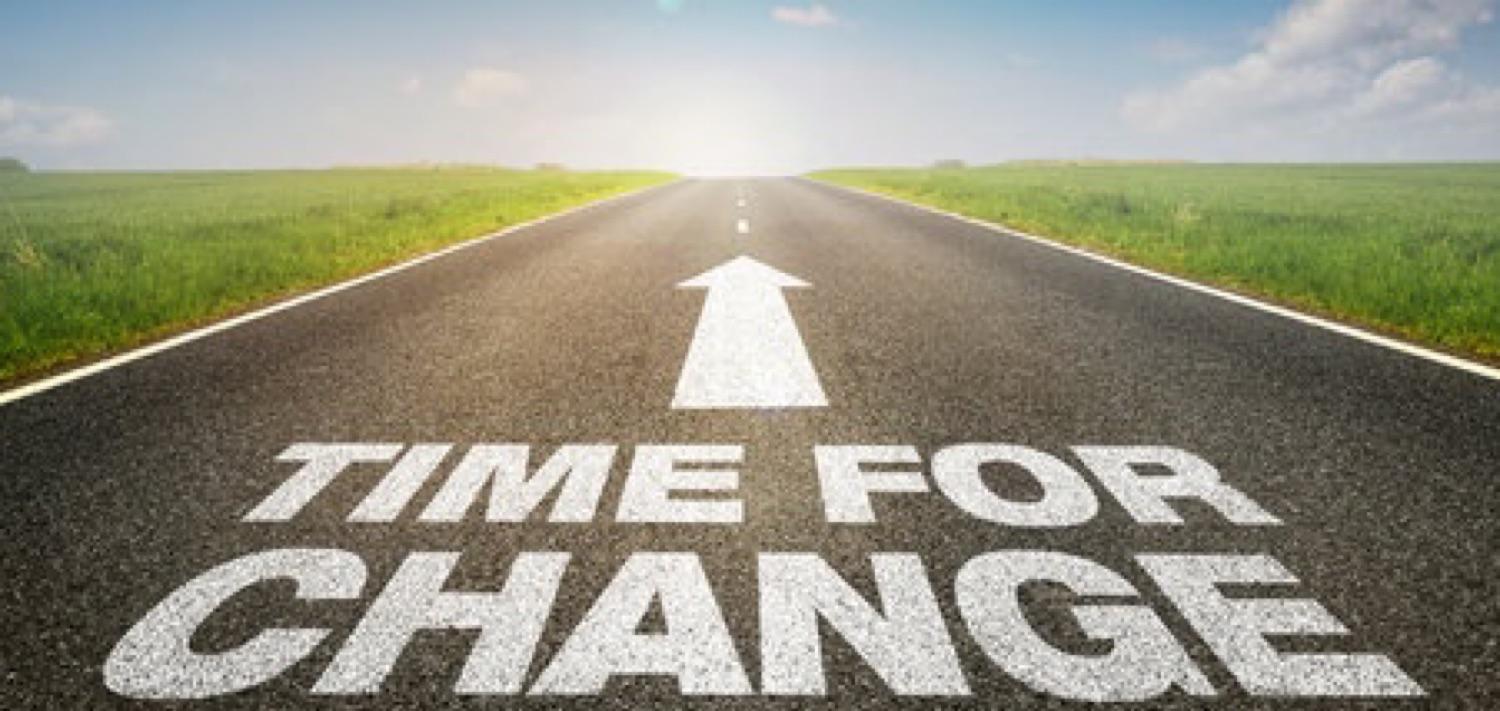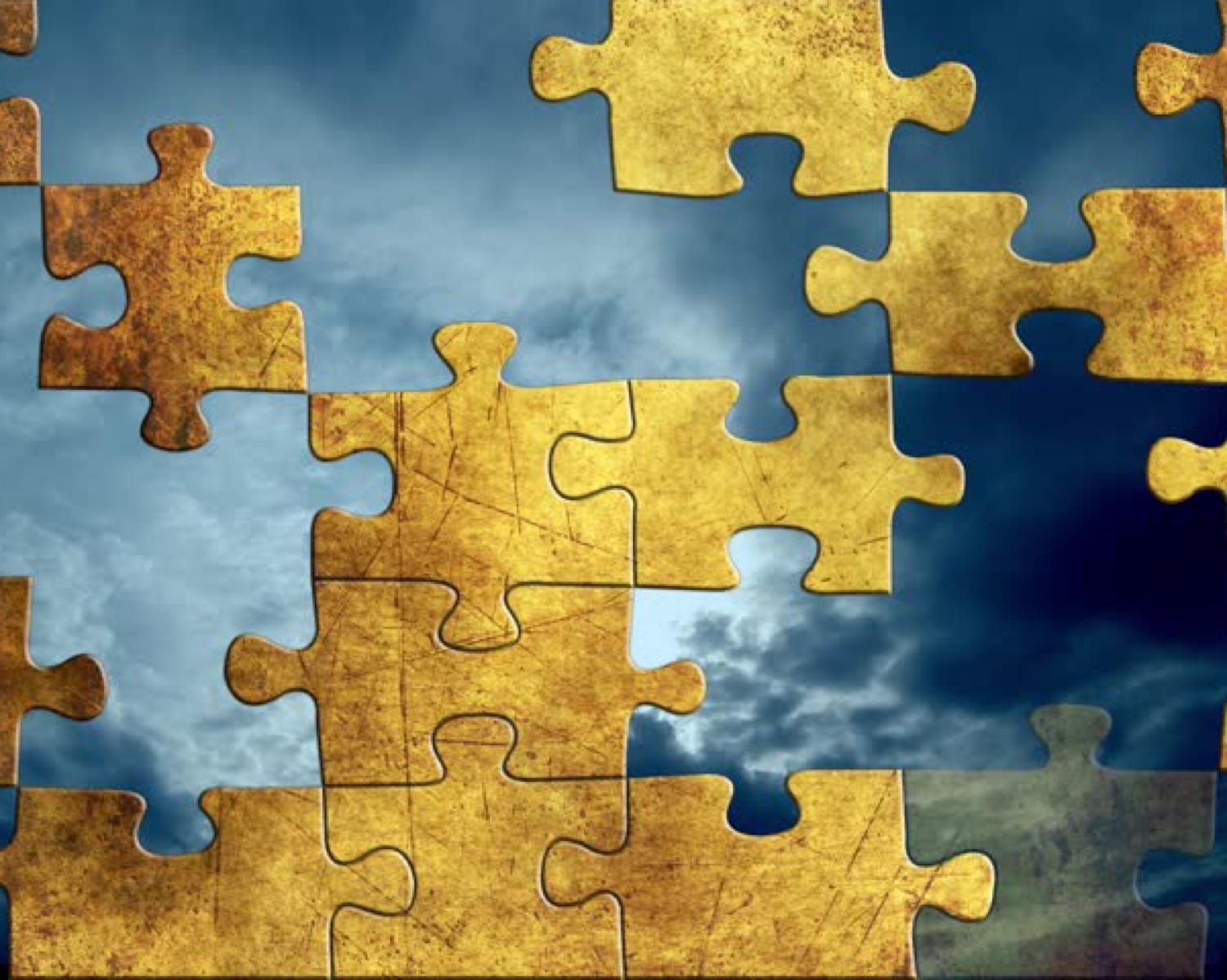Explore the World's Best Ideas
Join today and uncover 100+ curated journeys from 50+ topics. Unlock access to our mobile app with extensive features.
The 10 Rules of Change
Have you always wanted to change your life, but you don’t know how to begin or make it into a reality?
After 25 years of researching change expert Stan Goldberg, Ph.D lays out 10 major principles that cover all the strategies which you need for successful change.
48
390 reads
1) All Behaviours Are Complex
Strategy: Break down the behavior
Change occurs in stages. To increase the overall probability of success, divide a behavior into parts and learn each part successively.
54
461 reads
2) Change Is Frightening
Fear of the unknown can result in clinging to status quo behaviours.
Strategy: Examine the consequences
Compare all possible consequences of both your status quo & desired behaviors. If there are more positive results bound with the new behavior, your fears are unwarranted.
e.g. still unpunctual? -> chance to be fired -> greater benefit to changing than to not changing.
Str: Prepare your observers
New behaviors can frighten the people observing them, so introduce them slowly.
Str: Be realistic
Unrealistic goals increase fear. Fear increases the probability of failure.
50
251 reads
3) Change Must Be Positive
Reinforcement - not punishment - is necessary for permanent change. Reinforcement can be intrinsic, extrinsic or extraneous.
One type of reinforcement must be present for self-change, 2 would be better than one, & 3 would be best.
Str: Enjoy the act
Intrinsic reinforcement occurs when the act is reinforcing.
E.g. she loved dressing well. Seeing her clothes laid out at night was a joyful experience.
50
207 reads
Change Must Be Positive -part2
Str: Admire the outcome
An act doesn't have to be enjoyable when the end result is extrinsically reinforcing.
-> enjoy the payoff from your work
E.g. I hate cleaning my kitchen, but I do it because I like the sight of a clean kitchen.
Str: Reward yourself
Extraneous reinforcement isn't directly connected to the act or its completion.
E.g. A worker may despise his manufacturing job but will continue working for a good paycheck. Whenever he met his target, he put $20 into his Hawaii vacation fund.
51
142 reads
4) Being Is Easier Than Becoming
Uncomfortable change becomes punishing & people don't continue activities that are more painful than rewarding.
Str:Take baby steps
Research:participants were more successful when their goals were gradually approximated
Write down the behavior you want to change. Then write your goal. Draw 4 lines between the two & write a progressive step on each that takes you closer to your goal.
Str:Simplify the process
Methods of changing are often unnecessarily complicated & frenetic. Through simplicity, clarity arises.
Str:Prepare for problems
Perfect worlds don't exist & neither do perfect learning situations
48
123 reads
5) Slower Is Better
Everything has its own natural speed; when altered, unpleasant things happen. Change is most effective when it occurs slowly, allowing behaviors to become automatic.
Str: Establish calm
Life is like a stirred-up lake: Allow it to calm and the mud will settle, clearing the water. The same is true for change.
Str: Appreciate the path
"It's good to have an end to journey toward; but it is the journey that matters, in the end." -Ursula LeGuon
Don't devise an arduous path; it should be as rewarding as the goal.
48
114 reads
6)Know More, Do Better
Surprise spells disaster for people seeking change.Knowing more about the process allows more control over it.
Str: Monitor your behaviors
Some therapists insist on awareness of both current & desired behaviors, but research suggests it's sufficient to be aware of just the new one.
Str: Request feedback
A study in the British Journal of Psychologyfound that reflecting on personal experiences with others is key to successful change.
Str: Understand the outcome
Success is satisfying, and if you know why you succeeded or failed, similar strategies can be applied when changing other behaviors.
50
115 reads
7) Change Requires Structure
Str:Identify what works
Classify all activities, materials you're using as either helpful/neutral/unhelpful in achieving your goal. Eliminate unhelpful ones, make neutrals into positives & keep / increase the positives.
Str:Revisit your plan regularly
Review every day how & why you're changing and the consequences of success & failure.
Research:repetition increases the probability of success.
Str:Logically sequence events
It's important to sequence the aspects associated with learning a new behavior in order of level of difficulty / timing.
49
89 reads
8) Practice Is Necessary
Practice is another key approach to change & the majority of failures occur because this principle is ignored. Practice makes new behaviors automatic and a natural part of who we are.
Str: Use helpers
Not all behaviors can be learned on your own. Sometimes it's useful to enlist the help of a trusted friend.
Str: Practice in many settings
If you want to use a new behavior in different environments, practice it in those or similar settings. Dubbing this "generalization" is critical in maintaining new behaviors.
49
74 reads
9) New Behaviors Must Be Protected
Even when flawlessly performed, new behaviors are fragile and disappear if unprotected.
Str: Control your environment
Environmental issues such as noise & level of alertness may interfere with learning new behaviors. After identifying what helps and what hinders, increase the helpers and eliminate the rest.
Str: Use memory aides
Because a new behavior is neither familiar nor automatic, it's easy to forget.
Anything that helps memory is beneficial (e.g.list discribing the sequence of things to be done, etc.)
47
84 reads
Small Successes Are Big
Unfortunately, plans for big successes often result in big failures. Focus instead on a series of small successes. Each little success builds your reservoir of self-esteem; one big failure devastates it.
Str: Map your success
Approach each step as a separate mission and you'll eventually arrive at the end goal.
51
108 reads
IDEAS CURATED BY
Violette 's ideas are part of this journey:
Learn more about personaldevelopment with this collection
Cultivating self-awareness and self-reflection
Prioritizing and setting boundaries for self-care
Practicing mindfulness and presence
Related collections
Similar ideas
5 ideas
The most effective way to implement a behavior change
fastcompany.com
5 ideas
Why Is Change So Hard?
psychologytoday.com
1 idea
The Stages of Change
experiencelife.com
Read & Learn
20x Faster
without
deepstash
with
deepstash
with
deepstash
Personalized microlearning
—
100+ Learning Journeys
—
Access to 200,000+ ideas
—
Access to the mobile app
—
Unlimited idea saving
—
—
Unlimited history
—
—
Unlimited listening to ideas
—
—
Downloading & offline access
—
—
Supercharge your mind with one idea per day
Enter your email and spend 1 minute every day to learn something new.
I agree to receive email updates











